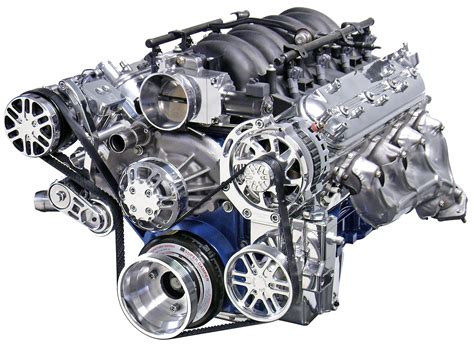The PNG (Portable Network Graphics) file format has become an essential part of web development and digital graphics, offering a high-quality, lossless compression method for images. The efficiency and versatility of PNG engines have made them a cornerstone in various applications, from web browsers and image editing software to mobile devices and operating systems. As we delve into the world of PNG engines, it's crucial to understand their underlying mechanics, applications, and the future of this technology.
Key Points
- PNG engines play a vital role in rendering and processing PNG images across various platforms.
- The Libpng library is a widely used, open-source PNG engine that provides a comprehensive set of functions for reading and writing PNG files.
- PNG engines must balance compression efficiency with computational resources to ensure seamless performance.
- The adoption of PNG engines in web browsers has significantly improved web page loading times and overall user experience.
- As digital graphics continue to evolve, PNG engines must adapt to support emerging technologies like high dynamic range (HDR) imaging and augmented reality (AR).
Introduction to PNG Engines

A PNG engine is essentially a software component responsible for decoding, rendering, and encoding PNG images. These engines are designed to efficiently handle the complexities of the PNG format, which includes features like transparency, color correction, and metadata support. By leveraging PNG engines, developers can ensure that their applications and websites can handle PNG images with optimal performance and fidelity.
Libpng: A Widely Used PNG Engine
One of the most popular PNG engines is the Libpng library, an open-source project that provides a comprehensive set of functions for reading and writing PNG files. Libpng is widely used in various applications, including web browsers, image editing software, and operating systems. Its flexibility, reliability, and performance have made it a de facto standard for PNG processing. With a rich set of features, including support for PNG chunks, color management, and error handling, Libpng has become an indispensable tool for developers working with PNG images.
| PNG Engine Feature | Libpng Support |
|---|---|
| PNG Chunk Support | Yes, with support for over 20 chunk types |
| Color Management | Yes, with ICC profile support |
| Error Handling | Yes, with customizable error handling mechanisms |

Applications of PNG Engines

PNG engines have a wide range of applications, from web development and digital graphics to mobile devices and operating systems. In web development, PNG engines are used to render PNG images on web pages, ensuring fast loading times and optimal image quality. In digital graphics, PNG engines are used to edit and manipulate PNG images, taking advantage of the format’s lossless compression and transparency features. Mobile devices and operating systems also rely on PNG engines to display PNG images, which are often used as icons, graphics, and backgrounds.
Challenges and Limitations
Despite their importance, PNG engines face several challenges and limitations. One of the main challenges is balancing compression efficiency with computational resources, as PNG images can be computationally intensive to process. Additionally, PNG engines must support a wide range of PNG features, including transparency, color correction, and metadata, which can add complexity to the engine’s design. Furthermore, the adoption of new technologies like HDR imaging and AR will require PNG engines to adapt and evolve to support these emerging formats.
Future of PNG Engines
As digital graphics continue to evolve, PNG engines will need to adapt to support emerging technologies like HDR imaging and AR. This will require significant advancements in PNG engine design, including improved compression algorithms, enhanced color management, and increased support for metadata and other advanced features. Additionally, the growing demand for high-quality digital graphics will drive the development of more efficient and effective PNG engines, which will be capable of handling complex images and graphics with ease.
What is the primary function of a PNG engine?
+The primary function of a PNG engine is to decode, render, and encode PNG images, ensuring optimal performance and fidelity.
What is Libpng, and how is it used in PNG engines?
+Libpng is a widely used, open-source PNG engine that provides a comprehensive set of functions for reading and writing PNG files. It is used in various applications, including web browsers, image editing software, and operating systems.
What are some of the challenges and limitations faced by PNG engines?
+PNG engines face several challenges and limitations, including balancing compression efficiency with computational resources, supporting a wide range of PNG features, and adapting to emerging technologies like HDR imaging and AR.



